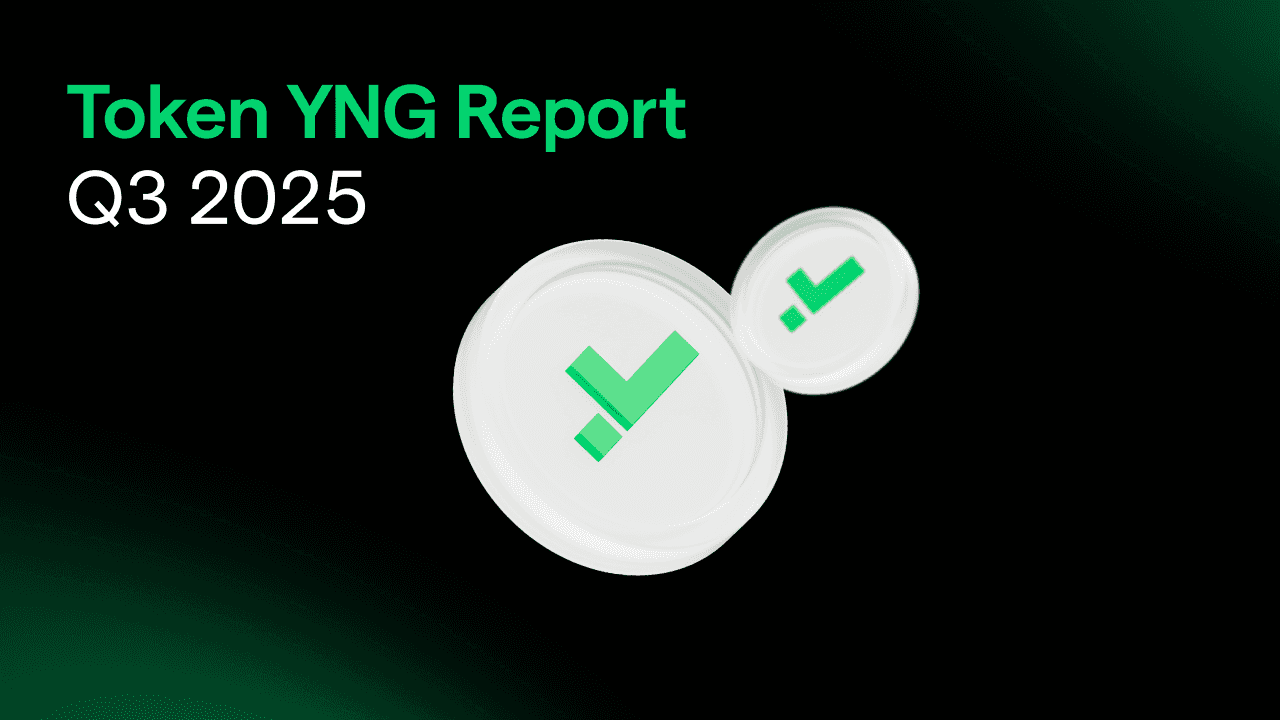
ESG and sustainability were once fashionable terms in traditional finance. Recently, however, the climate has shifted, leaving the future uncertain. What has happened?
Sustainable ESG (Environmental, Social, and Governance) investment has been a hot topic for several years. A Google search for ‘ESG’ in 2022 yielded over 200 million results. This aligns with a historical period marked by heightened awareness of climate change risks and the implementation of green policies by various institutions. However, recent data suggests that we may be experiencing a shift in this trend. In this article, we will explore what ESG investments are and examine why their popularity might be waning. Enjoy your reading!
ESG: meaning, criteria and ratings
ESG stands for Environmental, Social, and Governance, representing the key pillars used to evaluate a company’s or investment’s sustainability, Corporate Social Responsibility (CSR), and ethical impact. ESG is part of the broader concept of sustainable and responsible investing (SRI). The emergence of ESG can be traced back to a historical moment characterised by a heightened focus on environmental issues. In essence, ESG investing involves selecting and supporting companies that actively protect the environment and uphold human and workers’ rights. This selection is based on specific criteria.
ESG (Environmental, Social, and Governance) criteria are categorised into three main areas and are essential for assessing the sustainability and social responsibility of a company or investment. If you were the manager of a sustainable mega hedge fund tasked with evaluating a company for potential investment, you would begin by examining the environmental criteria. This involves assessing the impact of the company’s activities on the environment and its willingness to mitigate any harm. Key factors in the Environmental section include the use of natural resources, waste management, pollution, and overall environmental compliance.
Next, you would analyse the social criteria, part of the Social pillar, to evaluate the company’s relationships with its stakeholders, which include employees, suppliers, customers, and the local community. The goal of this assessment is to gauge the implications of the company’s operations and its demonstrated accountability toward the various stakeholders mentioned above.
Specifically, you should check employees’ working conditions, respect for human rights, product quality and commitment to local communities.
In conclusion, it’s essential to study the corporate governance model, specifically the governance criteria. This section examines the company’s corporate structure, decision-making processes, and policies to ensure they align with ethical principles and best practices. Key aspects to focus on include transparency, anti-corruption measures, the independence of board members, respect for minority interests, and gender diversity. You can conduct these assessments yourself or delegate the task to specialised agencies that provide ESG ratings.
ESG ratings are evaluations presented as numerical scores or alphabetical scales that aim to assess the overall sustainability of corporations. Their primary function is to provide investors with additional information to aid in their investment decisions. Globally, some of the most well-known ESG rating agencies include MSCI ESG Research, Sustainalytics, S&P Global ESG scores, and Moody’s ESG Solutions. Additionally, there are specialised providers like Standard Ethics, which focuses specifically on compliance with international standards.
However, there is often a significant gap between intentions and actions. Let’s examine some major defects associated with this financial trend, which contribute to the ongoing shift in its momentum.
ESG and contradictions: scandals and greenwashing
Sustainable ESG investing is a commendable effort that merges the pursuit of profit with an awareness of the real impact that economic and financial decisions have on our planet. However, some large companies and investment funds have taken advantage of the growing popularity of this ethical approach to enhance their image in front of investors and consumers, without genuinely fulfilling their promises. Their ultimate goal? To boost their revenues.
An example of corporate misconduct is the Dieselgate scandal of 2015 involving Volkswagen. Investigations revealed that the car manufacturer had been rigging emissions tests for its diesel vehicles to make them appear more environmentally friendly. This was part of an effort to position Volkswagen as a leader in green technology. Ultimately, the class action lawsuit was settled, with Volkswagen agreeing to pay $14.7 billion to affected owners.
Another case is that of Wirecard, a German digital payment services company. This scandal is particularly noteworthy because it also implicated ESG (Environmental, Social, and Governance) rating agencies. Despite receiving average ratings—considered neither outstanding nor poor compared to its competitors—Wirecard declared bankruptcy in June 2020 due to a $1.9 billion hole in its balance sheet. This situation recalls the 2008 financial crisis, when rating agencies incorrectly assigned triple-A ratings to subprime financial products.
On the investment fund side, a report by the European Securities and Markets Authority (ESMA) highlights that simply adopting ESG (Environmental, Social, and Governance) designations can lead to significant increases in investment. On average, there is an 8.9% increase in capital during the first year following the name change, with terms related to the environment—particularly those associated with the Environmental pillar—showing the most pronounced effects. However, the report also identifies a key risk: the potential for greenwashing, a marketing strategy that promotes an image of environmental sustainability while downplaying or concealing its negative impacts. To address this issue, the report provides guidelines for best practices.
One important factor that remains to be examined in understanding the decline in popularity of ESG sustainable investing is the election of Donald Trump.
ESG sustainability and Donald Trump don’t mix: ‘Drill, baby, drill!’
Last November, Donald J. Trump became the President of the United States of America thanks to an election campaign based on American isolationism and the desire to put an end to the ‘woke‘ ideology. This umbrella term also includes climate and environmental issues. At his inauguration speech on 20 January, The Donald immediately made things clear: ‘with my actions today, we will end the Green New Deal‘ – a plan of economic and social reforms focused on climate change and inequality. Suddenly, the scenario has changed, or, to stay on topic, the climate has undergone a change.
Global ESG sustainable funds, according to a Morningstar report, suffered record outflows of $8.6 billion in Q1 2025, compared to $18.1 billion in inflows in the previous quarter. The same report also tells us that investors in the US withdrew money from these funds for the tenth consecutive quarter. At the same time, Europe recorded its first net outflows since 2018, with $1.2 billion withdrawn, compared to $20.4 billion in inflows in Q4 2024. It is also worth noting that, despite this, ESG funds globally manage more than $3 trillion in assets.
Another interesting statistic, again from Morningstar, concerns the closing and rebranding activity of ESG funds: as of 2024, 94 sustainable funds were closed in Q4, for a total of 351 in the year, while 213 European funds changed their names, according to the guidelines of the ESMA report we saw earlier. Of these, 50 introduced ESG references, 115 removed them, and 48 changed them.
Finally, we get a survey from Stanford University that could provide helpful information for understanding the direction of the ESG trend. In 2022, 44% of young investors thought it was essential for investment funds to use their influence on the companies they invest in to prioritise environmental issues. In 2023, 27% thought so, while the latest survey, covering 2024, reveals that only 11% of the sample surveyed held the same opinion. When asked the same question about improving social and governance practices, the drop was even more pronounced: for social practices, from 47% to 10%, and for governance practices, from 46% to 7%.
Sustainability and Bitcoin: an open challenge
When it comes to sustainability and Bitcoin, the primary challenge is the energy consumption required for mining, which we covered in depth in this article on Proof-of-Work from 2021. Considerable progress has been made since then, so much so that the CCAF (Cambridge Center for Alternative Finance) of the University of Cambridge, in a report published in April 2025, estimated that to date 52.4% of the energy used for mining comes from sustainable sources – of which 23.4% from hydroelectricity, 15.4% from wind power and 9.8% from nuclear power.
There are also other innovative ideas, such as in the case of El Salvador, which is implementing a mining system based on the integration of geothermal energy from the volcanic region and solar and wind energy. In addition to production, there is also talk of energy recovery. MARA, one of the world’s largest mining companies, is mining Bitcoin by converting Associated Petroleum Gas (APG) into electricity. APG, put simply, is a gas that is discarded during the extraction of oil and then burned or dispersed into the atmosphere. Here, instead, it is recovered and converted into electricity through combustion to power mining centres, saving costs.
ESG in the future: What’s the point?
And so, as is often said, nobody has the glass ball. The dilemma is always the same: is this the end of ESG funds, or is it just a time of readjustment? What idea did you get from reading the article? If in doubt, subscribe to Young Platform and stay up-to-date on what’s important!




